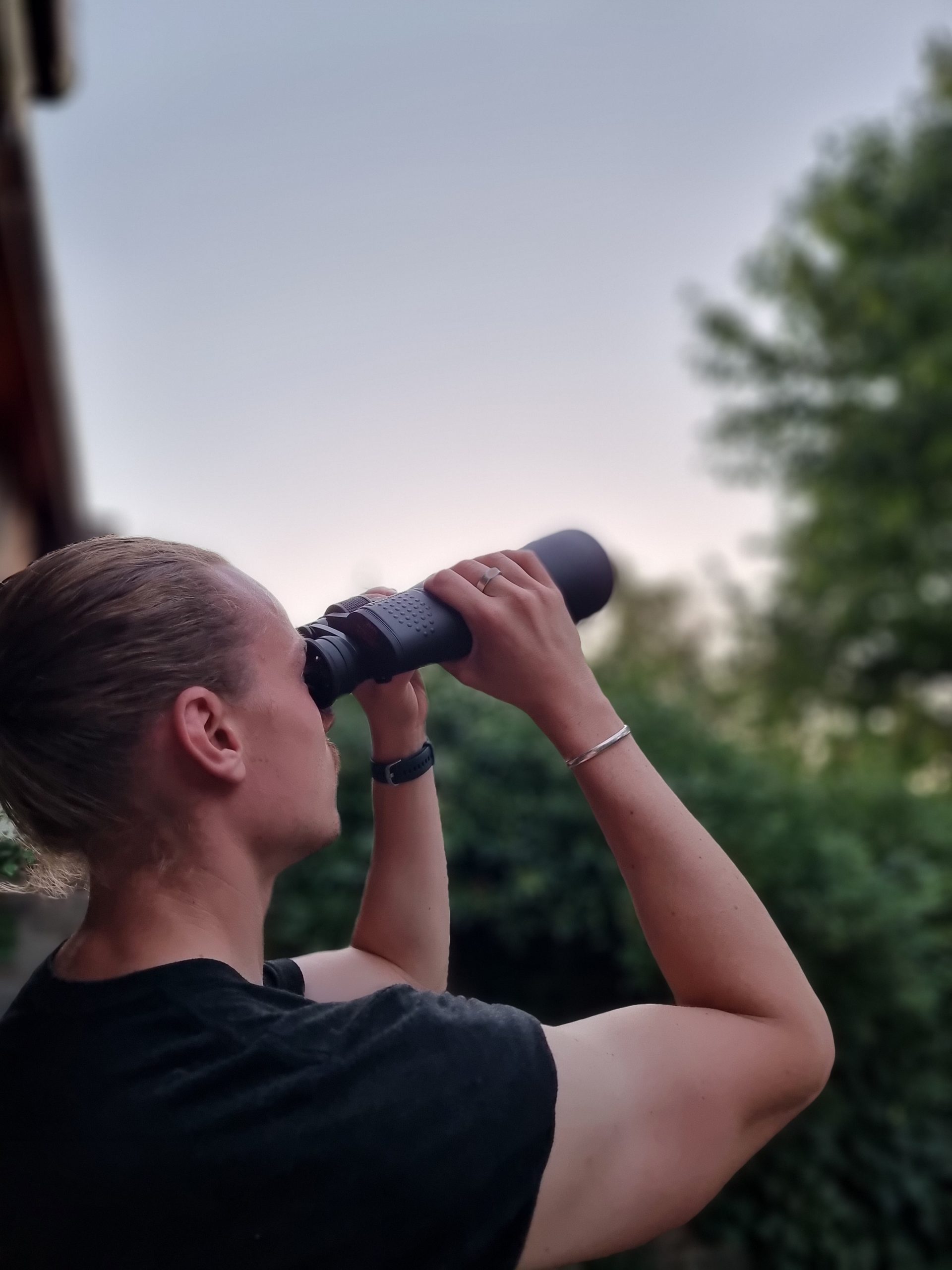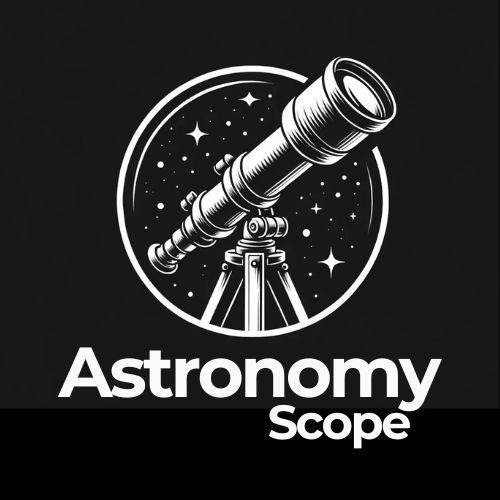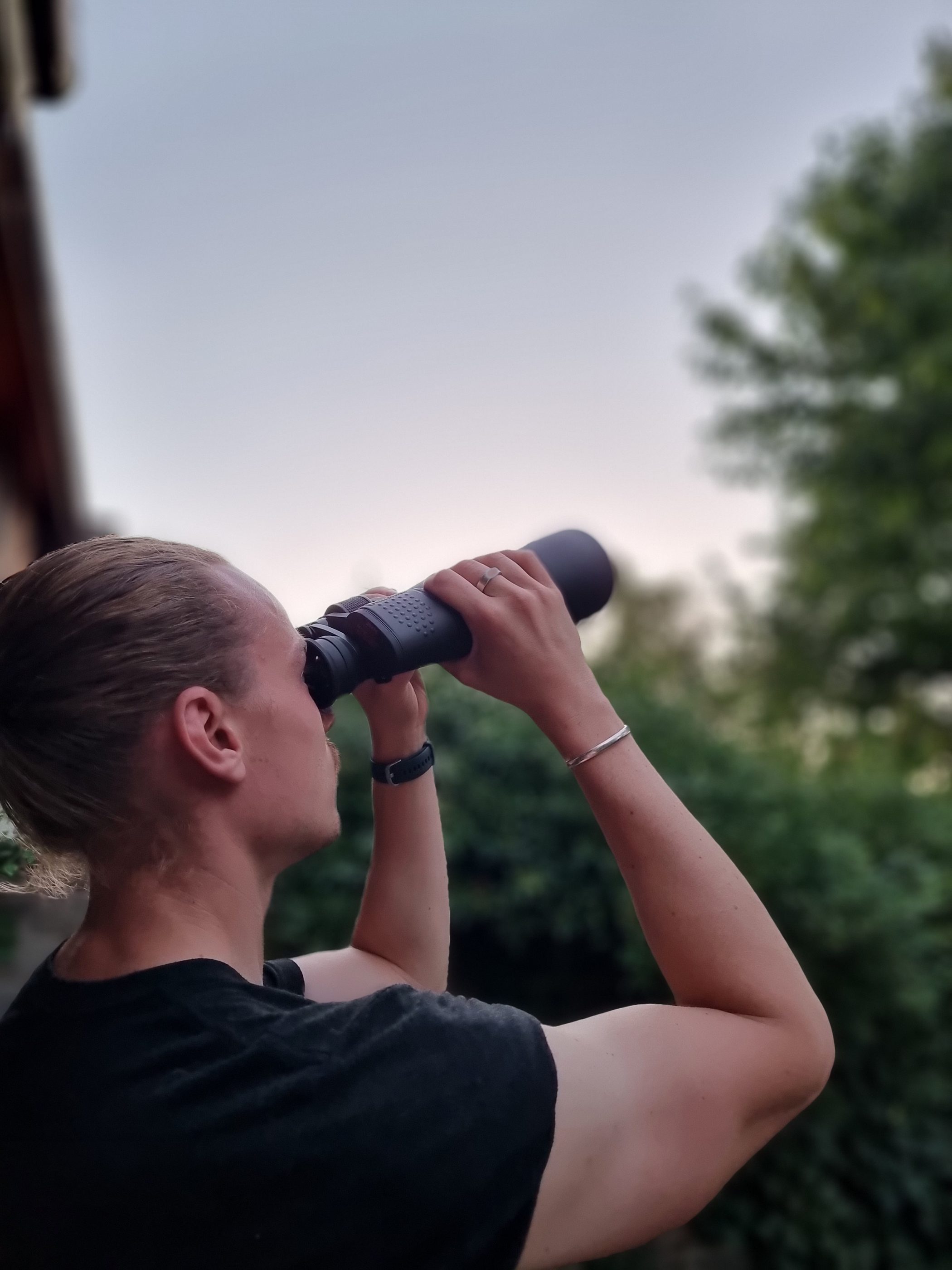If you have just bought a new telescope, set it up, and peered through the lens you might have been surprised to see objects in space appear upside down. Lots of new Astronomers experience this, and I too encountered this when I was first getting into Astronomy. But why is this so and what can you do? Let’s find out!
So, why does my telescope view upside down? This is actually normal, and this does not mean that your telescope is broken or functioning incorrectly. It is actually the way many telescopes are purposefully designed and the components that are used to make them; specifically, the mirrors and lenses which help you magnify an image.
The truth is, not all telescopes will show images upside down – it depends on the type of Telescope that you have purchased and are using.
Alternatively, some telescopes will show images upside-down, others will show them rotated or inversed.
If you are using a Refractor or Cassegrain Telescope and want to reverse the image, you can purchase a Telescope Diagonal to correct the orientation from upside-down and inverted to the correct position.
Here is what you need to buy:
- Image erecting BAK4 prism with anti-reflection coating.
- High accuracy and high light reflection prism.
- Internally matte blackened and threaded for no internal stray light reflection.
- 1.25" adapter with brass compression ring included.
- Entirely aluminum, black anodized, smooth finish. If there is any problem of focusing due to the light path for a few telescopes, please feel free to contact us for help.
Obviously, orientation is a big thing when using a Telescope, and it may be something that you can manipulate depending on the telescope that you are using.
Let’s first look at why this happens and then look at what you can potentially do to correct it.
Why Does My Telescope View Upside Down
The main question that gets asked, is why would you want to see objects upside down?
It’s first important to understand that this is not for any reason or intended purpose.
In fact, it is due to the components that make up a Telescope and enable you to magnify images at great distances.
Every Telescope and Camera (whether a Refractor, Reflector, or Catadioptric – a combination of the two) produce inverted images.
This is a function of Mirrors and Lenses – it is just how they work.
Now, believe it or not, we all have lenses in our Eyes that are actually doing the same thing!
Our eyes invert every image in our environment and it is our brain that orientates them so we can understand our environment better.
Typically, Astronomers learn to work with inverted images and view astronomical objects upside down because it grants them greater visibility into the sky.
By using Diagonals (Prisms) and certain Optics to reverse images, you actually limit the amount of light that the Telescope can obtain.
This essentially limits how much you can see. Additionally, aberrations start to become a problem too.
Whilst it takes some getting used to, there is nothing inherently wrong with observing objects upside down.
Your eyes will actually adjust over time and you will start to see images more clearly.
Regarding Astronomical viewing, whether an object is observed upside down or the right side up will not make much difference.
What Telescope Are You Using?
The telescope that you are using will also affect the type of orientation you will get with your images and then what you can consequently do.
First, you need to understand what telescope you are using.
Is it a Refractor, a Cassegrain or is it a Newtonian Reflector?
All three will show you upside-down images, but it is only possible to change the orientation of Refractors and Cassegrains.
How To Correct/Reverse the Upside Down View
If you are using a Refractor or Cassegrain Telescope you can use a piece of equipment known as a Diagonal to correct the image the right-side up.
All the big telescope manufacturers provide a range of Diagonals, including Celestron and Meade.
Now, consider that as you are working with Lenses and Mirrors, your images will still appear backward from left to right.
If you are wondering what this will look like, imagine reading a sign in a mirror. It will appear the ‘wrong way’ round.
However, it is also possible to reverse the image at the same time.
For this, you will need a special diagonal that is called an Erect-Image Prism Diagonal (available on Amazon).
This will be able to correct the upside-down backward image for most telescopes.
However, If you are using a Newtonian Reflector, there are not many ways to correct the Orientation.
A common approach if you are using a Star Chart is to turn the chart upside-down.
This will make it orientated to the same view that you see through your eyepiece.
Final Words
If you have just purchased and used your telescope for the first time and noticed that images appear upside-down, don’t panic or worry.
Your telescope is working as intended just as it should.
While many astronomers learn and adapt to this orientation it’s nice to know that you can reverse upside-down images with Diagonals. This is the best one to buy on Amazon if this is you.
Alternatively, if you wanted to take this a step further and both reverse images that are upside down and inverted, an Erect-Image Prism Diagonal is for you. This one from Amazon is best for your particular circumstances.

Hey, my name is Jeremy. I’m a passionate and seasoned astronomer who loves nothing more than observing the night sky. I also love researching, learning, and writing all things Space and the Universe. I created Astronomy Scope to share my knowledge, experience, suggestions, and recommendations of what I have learned along the way while helping anyone to get into and maximize their enjoyment of the hobby.


